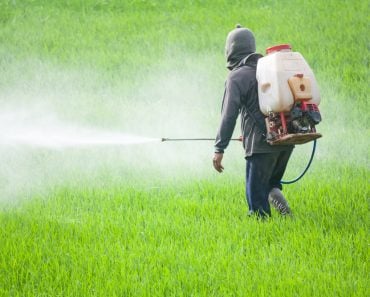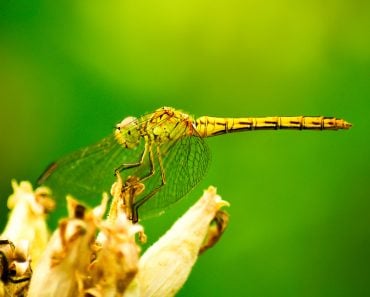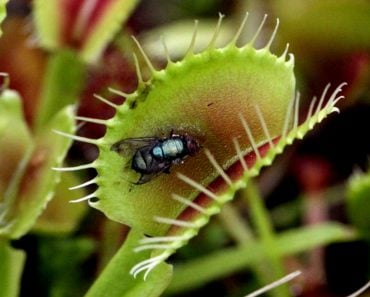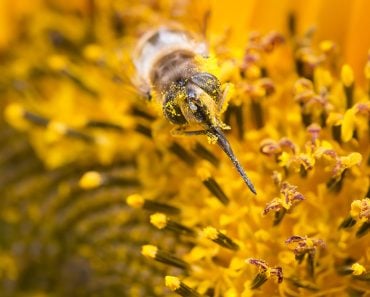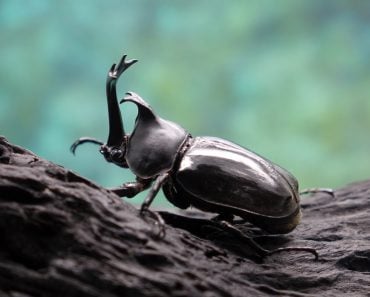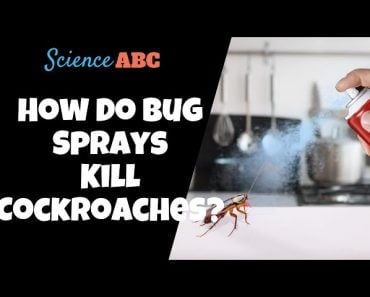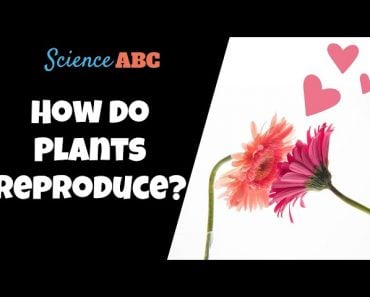Various bacterial genes in nature infect insects, but are neutral to plants. Transgenic technology helps us introduce such genes into plants. Once expressed, the bacterial genes become integral to plants, allowing those same plants to save themselves from insects.
In nature, all plants must stand off against hungry insects. Some insects chew off the leaf and stem parts, others feed on sap, and some insect pests simply spread diseases to the plants.
In your home garden, pests such as aphids and mealybugs ruin months of care, and on acres of agricultural land, the losses through insect pest activity is tremendous. Insects like desert locusts can disrupt the food security of millions.
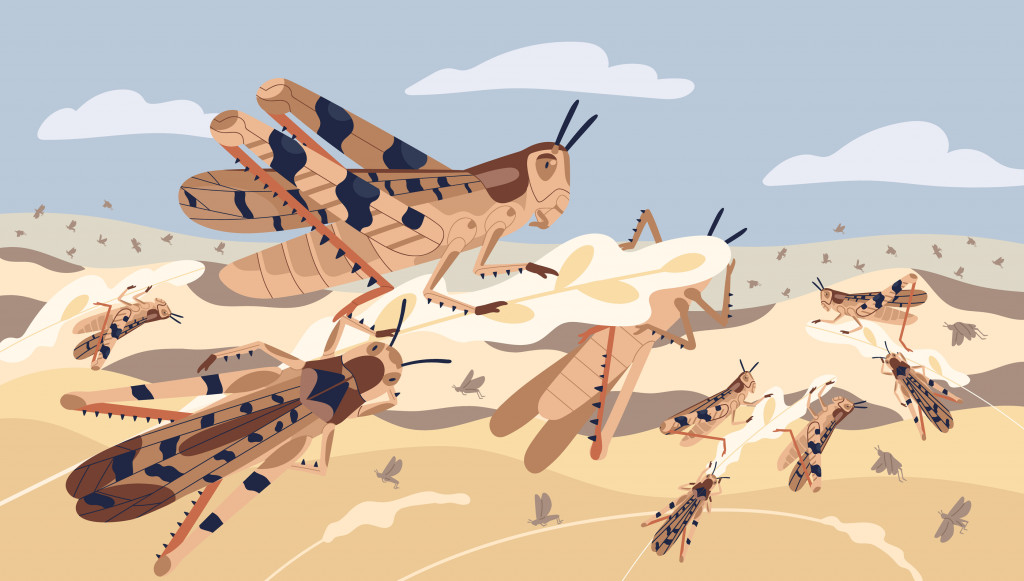
To keep insects in check, we’ve used an arsenal of insecticides, but we also know they harm life more than it aids us. Now, what if we could breed plants that protect themselves from insects?
Recommended Video for you:
What Is Transgenics?
Transgenics is an aspect of biotechnology that allows gene transfer between phylogenetically distant organisms. In general breeding, scientists cross plants to transfer traits within species, but in some cases, genes of interest are unavailable within the same species. That’s when transgenics come to the rescue. One can search for a desirable trait in distant genera and then transfer it to another organism.
Bacterial Genes To Protect Plants
As we know, leaves are the core part of a plant’s food production and insects feed primarily on these leaf parts. This reduced leaf area drops the level of photosynthesis, thus impacting the yield of the desired crop.
Insects are also vectors of many viruses, causing plant epidemics. On average, we lose about 40% of crop yield to pest infestation, and according to a 2018 study insects consume 5 to 20% of all grains. With global temperatures rising ever higher, this number is bound to worsen.
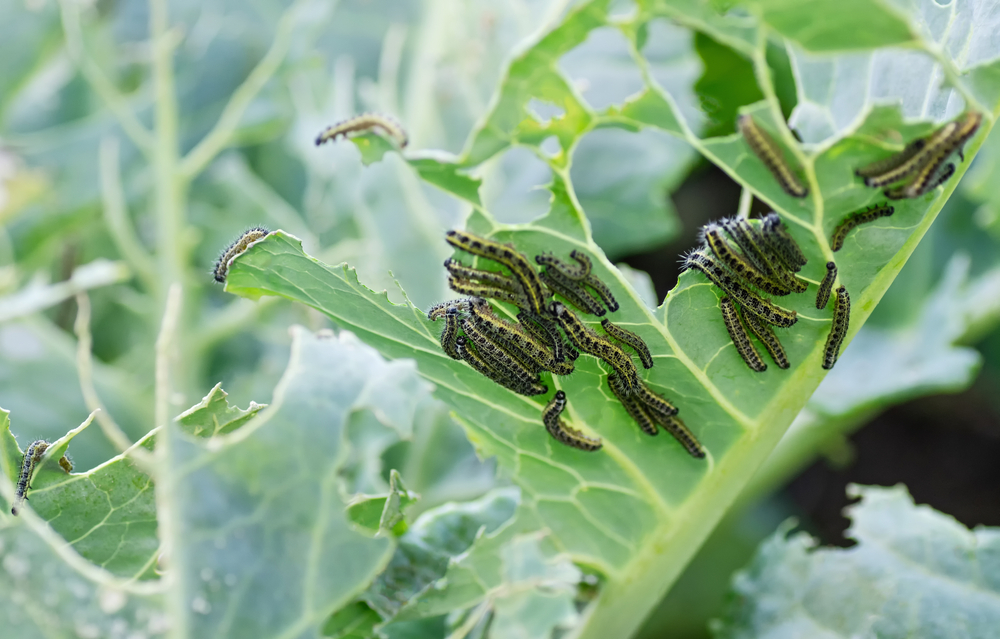
The use of insecticides only further leads to insects becoming resistant to these chemicals.
Coming to general breeding techniques, it takes a long time to find desirable genes from related plant species. Even if found, it takes years to incorporate them. By then, the insects evolve into other resistant forms.
These difficulties bring us to transgenics. Various bacteria infect insects, but not plants. We can access the required genes from such bacteria with ease. Besides, we can also fix them in susceptible plants in less time with genetic engineering.
How Bacterial Genes Help Plants
Let’s try to understand how bacterial genes help plants defend against insects using the example of Bacillus thuringiensis.
In 1911, Ernst Berliner isolated a Bacillus sp. that infects the flour moth. The bacteria synthesizes a crystalline toxin in the spore-forming stage. In later years, scientists explored its insecticidal nature.
The subtype Berliner isolated, the Bt subtype, shows toxin specificity to certain insect groups. Once ingested by the target insect, the Bacillus sp. thrives in the midgut of the insect. The alkaline conditions and protein-breaking enzyme activity (protease) in the midgut activates the toxin. The toxin begins to rupture the gut wall and spreads throughout the body, eventually killing the insect.
As the toxins need insect-specific proteases, the non-target insects are safe.
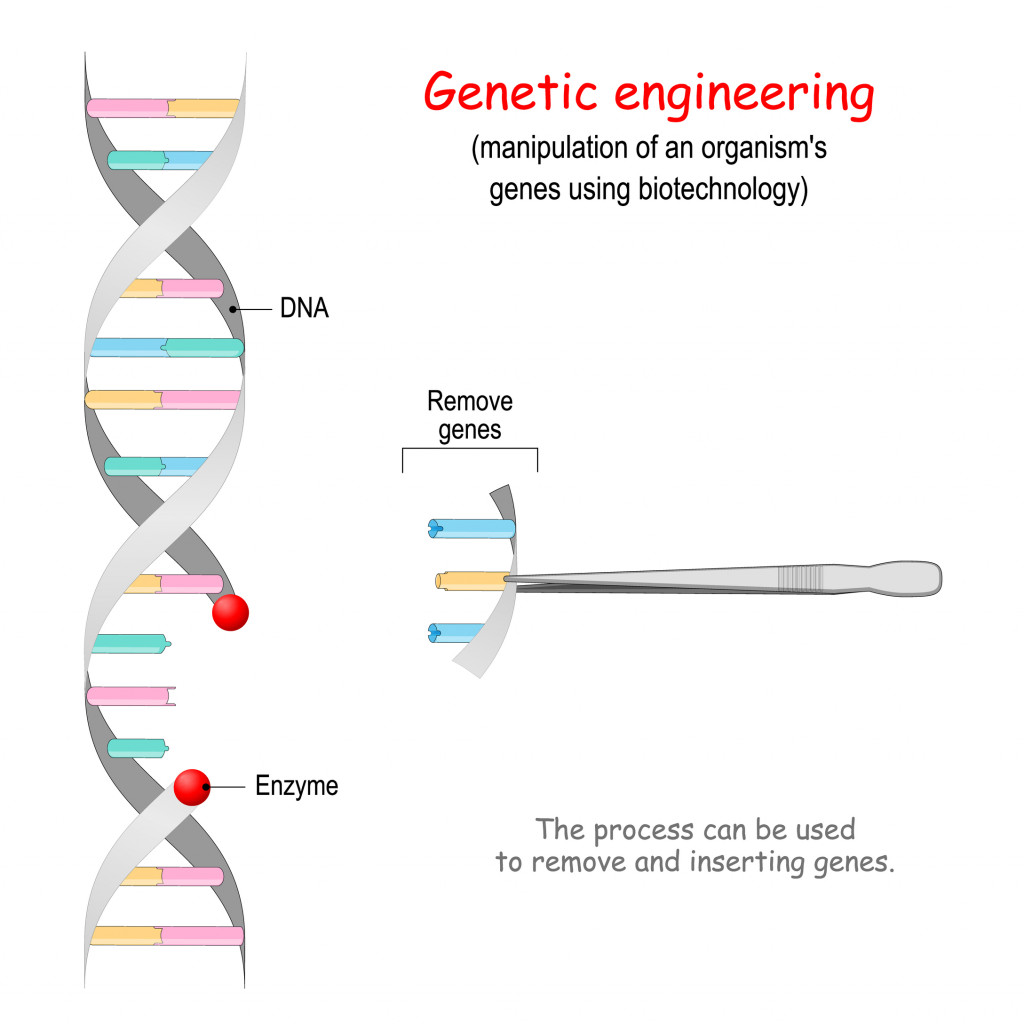
We can engineer many plants for resistance in such a manner. For example, the Cry1Ac toxin gene is specific to pink bollworm, a significant cotton pest. When introduced into the plant genome, this gene makes it resistant to bollworms. When the bollworm consumes resistant plant parts, the toxin activates. This keeps the insect population in check.
Can Insects Break The Defense Of Transgenes?
Insect evolution and breeding resistant plants against those evolving insects is a cyclic process. Studies show that with single gene transfer, insects evolve into resistant types faster.
Gene pyramiding technology helps overcome this kind of resistance. In this technique, breeders introduce many subtype genes into plants. Thereby, the plants become resistant to varied races of insects, rather than a single race. This technology protects plants for a longer time. Even so, insects keep building resistance, and breeders need to strengthen their defenses.
The good news is that transgenes from bacteria controlled the negatives of traditional insecticides, and protected many beneficial insects. It also benefits humans, as residual insecticide is reduced in our food sources. Besides, soil health improves, and beneficial microbes thrive, promoting a healthy ecosystem.
Integrated Approach
You may question, “What if all insects die?”
All insects are essential in the ecosystem, and transgenic plants don’t kill all insects, even though the technology may sound like it does. The use of this technology on plants is always coupled with practices that help target other areas where insects thrive. For example, when planting a crop, some ratio of the plants is always non-resistant. Hence, when correctly propagated, we can reap sustainable benefits from this technology.
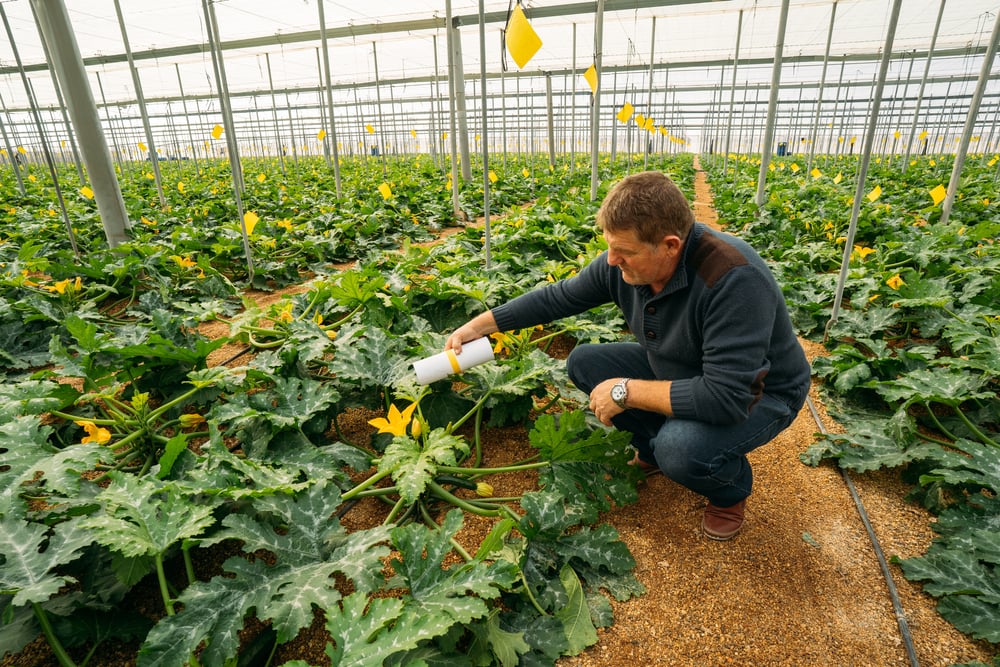
Conclusion
As the world population grows, the issue of food security will only grow as a threat. One side of the solution involves breeding plants for high yields. At the same time, we cannot ignore the other side of the solution: protecting the food that we do produce. Pests, such as field and storage insects, damage large yields both on the field and off it.
Also, insects cause considerable damage to non-food crops. Many insects destroy flowers of economic importance. The traditional techniques of insecticidal sprays to protect crops does great harm, and general breeding approaches are time-intensive.
Hence, with transgenics, we can explore resistant genes from various gene libraries. Also, we can incorporate them in a short time. Once this gene expresses itself in plants, they don’t need insecticides. This narrow-range technology also saves the soil, non-target insects, and humans.
Despite all that, the insects will evolve against the transgenes. Therefore, the search for more effective resistant genes is necessary. In the end, we must always be searching for the most sustainable plant-breeding approach!
References (click to expand)
- Pests and diseases and climate change: Is there a connection?. The International Maize and Wheat Improvement Center
- (2013) Transgenic plants: Types, benefits, public concerns and future. ScienceDirect
- News Article: Climate change fans spread of pests and ... - FAO. The Food and Agriculture Organization of the United Nations
- Sanahuja, G., Banakar, R., Twyman, R. M., Capell, T., & Christou, P. (2011, February 25). Bacillus thuringiensis: a century of research, development and commercial applications. Plant Biotechnology Journal. Wiley.
- M Chamberlin —. The Environmental Impact of Genetically Modified Crops. Montana State University

